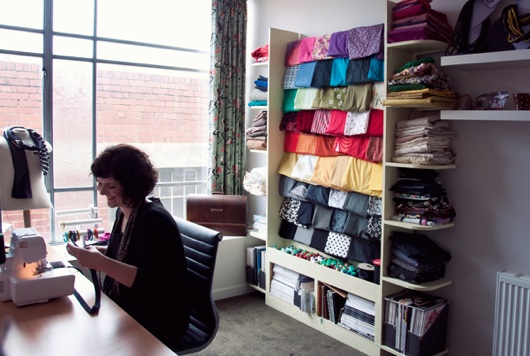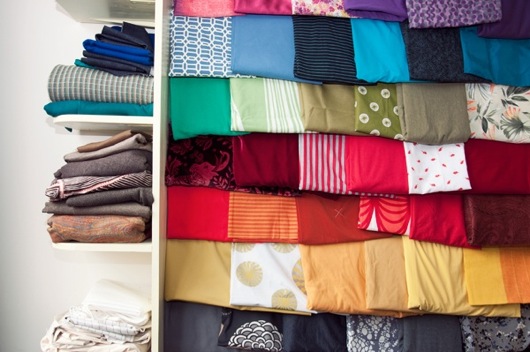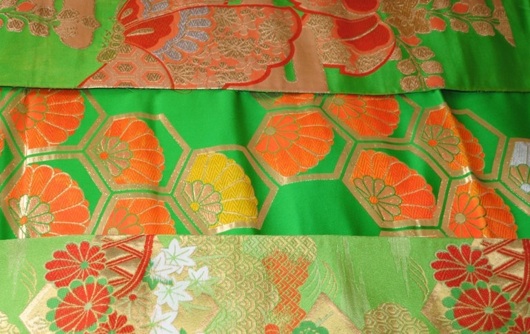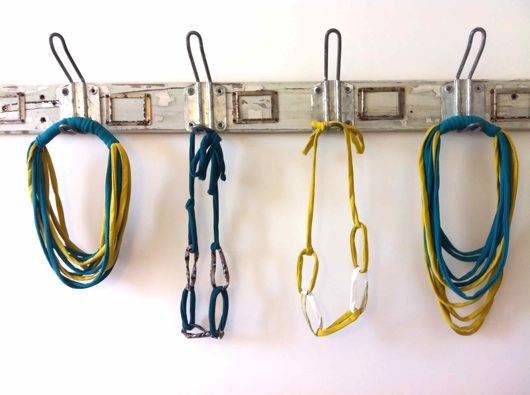Eco-friendly practice: Simply Phoebe
By Phoebe Miller
I am delighted to join the CWC blog team to bring you a monthly feature profiling individuals and businesses that apply a sustainable or eco-friendly approach to their creative practice.
Aside from the environmental benefits doing more with less and minimising our environmental footprint, what excites me about this topic is the pure creativity and innovation that's usually involved. From the use of unexpected recycled materials to the development of new technology and techniques, I'm constantly being amazed, surprised and inspired by what others are doing.
To kick things off, I thought it only fair that I lay my cards on the table by sharing my own approach to operating an environmentally sustainable creative practice. But before I do, I have to make a disclaimer: I'm by no means an expert! I am constantly learning about ways I can do more with less and further minimise the environmental impact of my business, which will make this column as much a journey of learning and discovery for me, as I hope it is for you!
In the studio. Photo by Mishy Lane for Finders Keepers.
Simply Phoebe neckpieces
What do you do?
I design and make a range of wearable fabric accessories under the name Simply Phoebe.
What are the key elements in your sustainable or eco-friendly approach?
Firstly, I try to only use fabrics that are vintage, second-hand, remnants (leftovers, oddly sized pieces, seconds, or ends of rolls from fashion collections), and recycled or reclaimed (including second-hand and damaged clothing and manchester).
Secondly, I try to minimise my production waste and always experimenting with different ways to use what waste I do generate. I've used the offcuts created by my overlocker as a stuffing to create the baubles in one of my designs and the ends cut off my fabric tubes to make bangles and looped necklaces.
The Simply Phoebe fabric stash. Photo by Mishy Lane for Finders Keepers.
Where do you source your materials?
I'm always sourcing! I can't pass an op shop or vintage store without doing a quick scan inside. I've obviously spread the word well because I am often the very appreciative recipient of unwanted fabric stockpiles from friends and family.
I also do custom orders for customers who have a special item of clothing or fabric they'd like made into a neckpiece. One of my most challenging but ultimately rewarding was working with a piece of embroidered vintage Japanese obi fabric.
When I do larger collections for a specific market or stockist and need to secure a certain amount of material, I hit remnant fabric suppliers such as Rathdowne Remnants and upstairs at CLEARIT on Brunswick Street.
Obi fabric: after
Is there anything you'd like to do or learn to make your work even more eco-friendly or sustainable?
I am interested in possibly designing my own fabric. In order to do this, I'm keen to research sourcing sustainably and ethically made fabric or how I could print onto existing remnant or second-hand fabric, using eco-friendly inks.
Phoebe Miller is a Brisbane-bred, Sydney-fled, Melbourne-embedded gal who enjoys making, spruiking, collecting, exploring, telling her friends where to eat and posting photos of doors on instagram. After several years working in corporate marketing and communications, Phoebe followed the urge to explore her creative side. These days she divides her time between her sustainable fashion accessories label, Simply Phoebe, and freelance PR consulting.





